Our church inspired Sunset Song - we want to save it
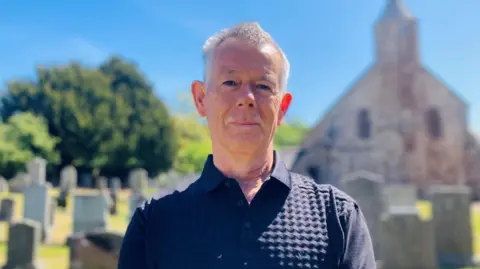 BBC
BBCA historic church that played a central role in one of Scotland's most-loved novels is being put up for sale to plug a gap in Church of Scotland's finances and locals are determined to save it.
Arbuthnott Church, nestled in the beautiful countryside of Kincardineshire, was the inspiration for the setting of Sunset Song and the remains of its author, Lewis Grassic Gibbon, are buried in its graveyard.
The Church of Scotland recognises the building - the oldest section of which dates back to the late 1200s - as "important and valuable", but says it needs a "significant reduction" in the properties it owns.
Charles Roberts-McIntosh, chairman of the Arbuthnott Community Development Group, said he is determined that the building and Grassic Gibbon's cultural legacy are preserved.
"We will look to raise money or apply for funds," Mr Roberts-McIntosh said.
"People are still interested in this history and rural life - and tourists love Scottish culture.
"The value culturally is incalculable. Sunset Song endures because it is a wonderful piece of literature."
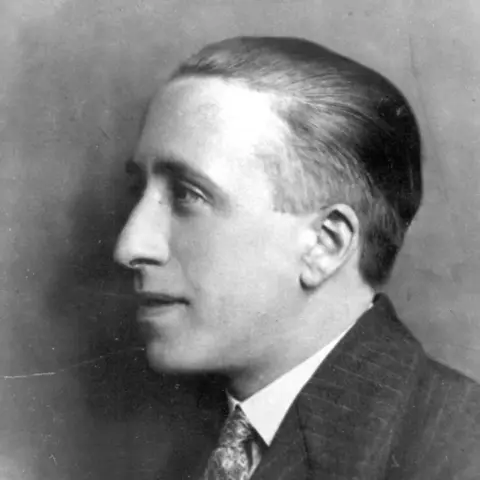
Sunset Song was written in 1932 by Grassic Gibbon, the pen name of James Leslie Mitchell.
It was the first book in the trilogy - A Scots Quair - telling the story of Chris Guthrie, a young woman who lives and works on her family farm in the Mearns, the farming areas south of Aberdeen.
The novel is set on the fictional estate of Kinraddie which Grassic Gibbon based on Arbuthnott, where he lived as a child and where his ashes were buried after his death at the age of 33 in 1935.
The story told by the trilogy begins just before World War One and follows Chris from the countryside of her childhood to a big city, touching on class, war, religion and female emancipation.
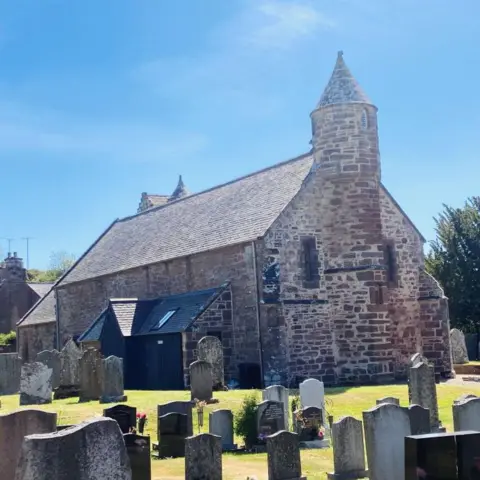
In 1971, a six-episode television adaptation of the novel was the first colour drama made by BBC Scotland and was greeted with huge acclaim.
It was credited with reigniting interest in Grassic Gibbon, and Sunset Song was put on the Higher English syllabus.
In 2016, it was voted Scotland's favourite book in a BBC poll, ahead of the Wasp Factory by Iain Banks and Lanark by Alasdair Gray.
In an introduction to the novel, published in 2020, the then First Minister Nicola Sturgeon wrote of her love for the book, which she said is her favourite novel.
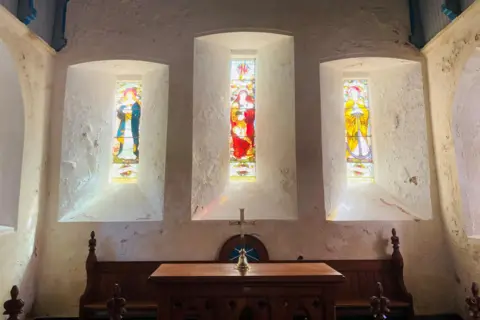
Alan Riach, professor of Scottish literature at the University of Glasgow, told the BBC he was "appalled" at news of the imminent closure of Arbuthnott Church.
"This is one of the great places of pilgrimage in literary Scotland," he said.
"It's not only fixed forever in our cultural history as an essential co-ordinate point in the biography of one of our greatest writers, but it's also a key reference point in his greatest novel."

Scott Lyall, an associate professor of Modern and Scottish Literature at Edinburgh Napier University, described the church as a site of "genuine importance to Scotland's literary heritage".
Prof Lyall said: "The minister at the end of Sunset Song, in tribute to the local fallen war dead of World War One, indicates that we must remember the past and the dead to better understand our present condition and build a better future.
"It would be a sad irony then if the church, with its own long history, were to be neglected.
"It would be wonderful to see it as a cultural heritage site with Gibbon's life and reputation at its centre."
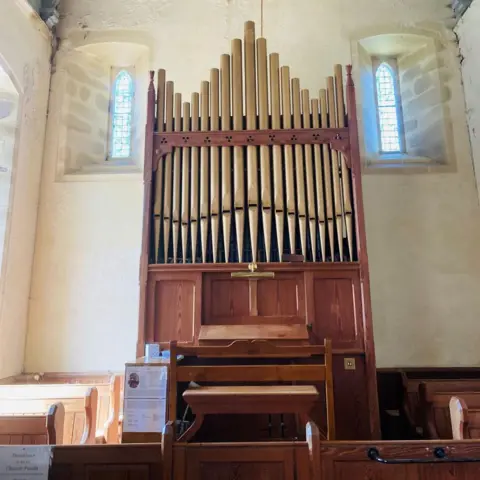
The Church of Scotland said it expected the main church building would go up for sale later this year.
Its congregation for Sunday services is small, in what is a quiet rural area of just a few hundred people.
The kirk hopes nearby Bervie Church will serve as the main focus of local worship.
The Church of Scotland said that, in recent years, it had identified a need for "radical change against a backdrop of falling minister numbers, a decline in membership and a reduction in income".
A statement said: "We believe a significant reduction in the number of buildings we own is necessary in order to deliver sustainable and realistic new expressions of ministry and church and to ensure all of our buildings are suitable for the needs of mission in the 21st century.
"As part of the process, the local presbytery has taken the decision to release Arbuthnott Church."
The statement added: "There are no set dates as yet, but under the current mission plan, Arbuthnott Church would be released by the end of 2025."
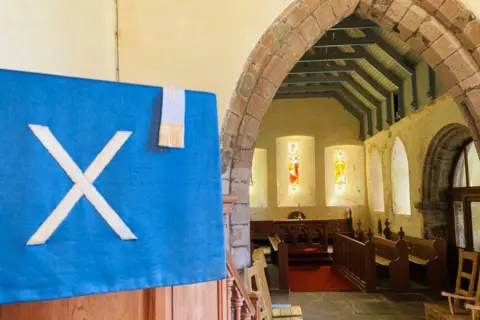
Mr Roberts-McIntosh said the local community was determined to save a building that was so intrinsic to one of Scotland's most-loved novels.
As well as honouring the author, it is thought the building could also become a local hub for events such as concerts, aided by the acoustics of the church building.
Mr Roberts-McIntosh said the the building itself was "fundamentally sound".
"It just needs some tender loving care," he said.
